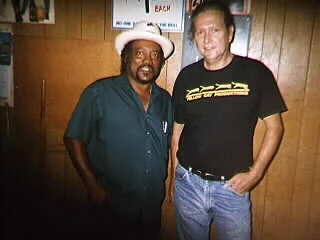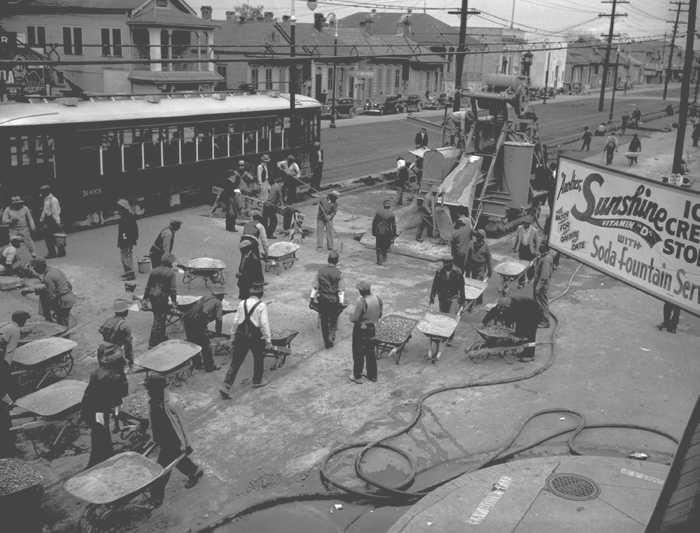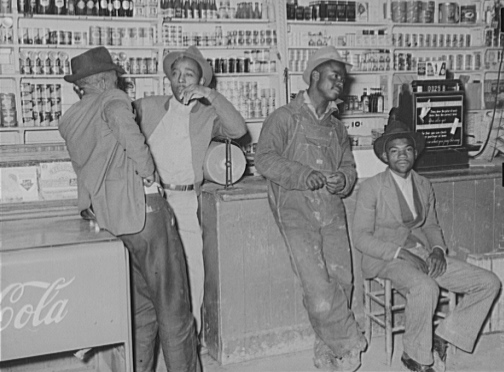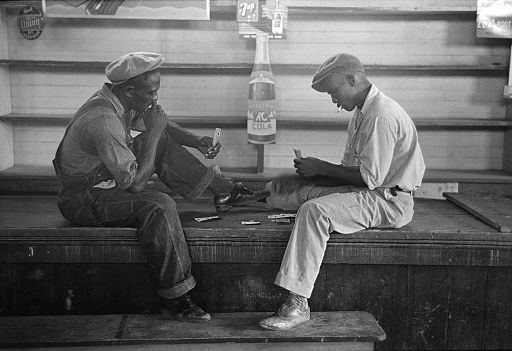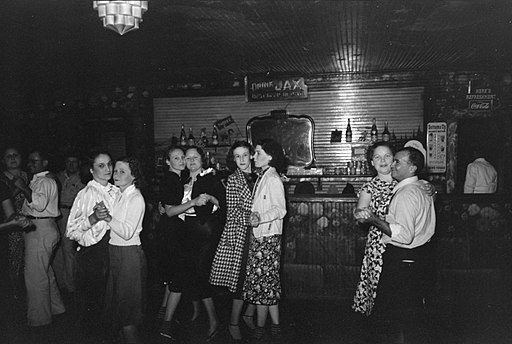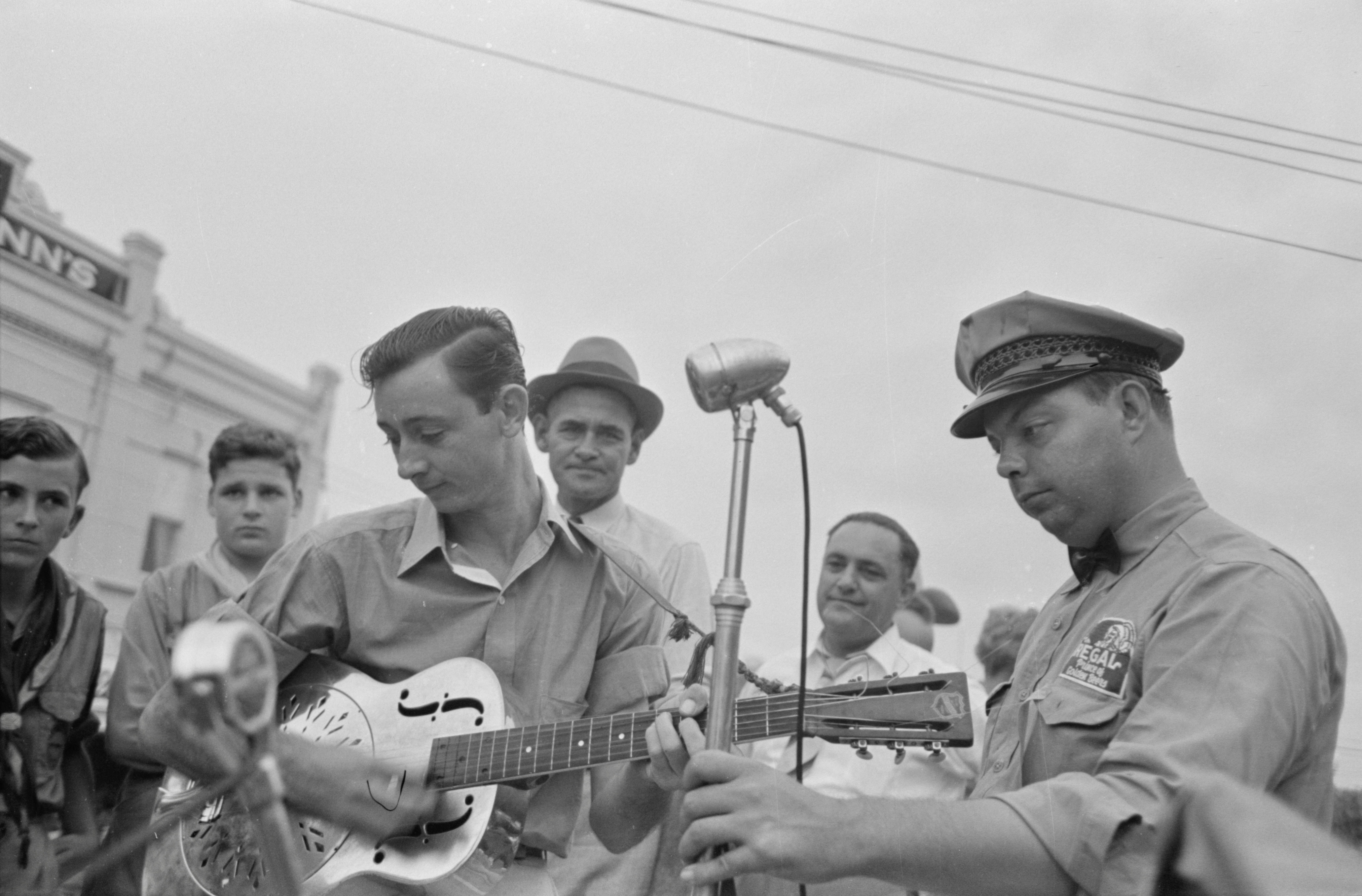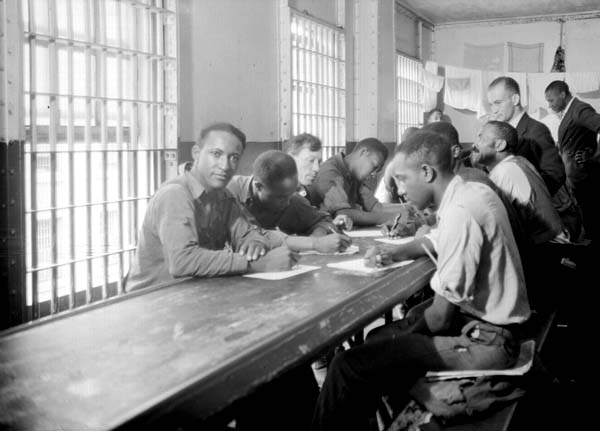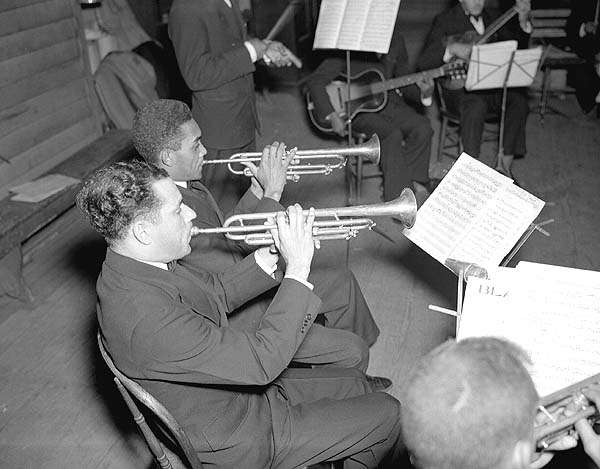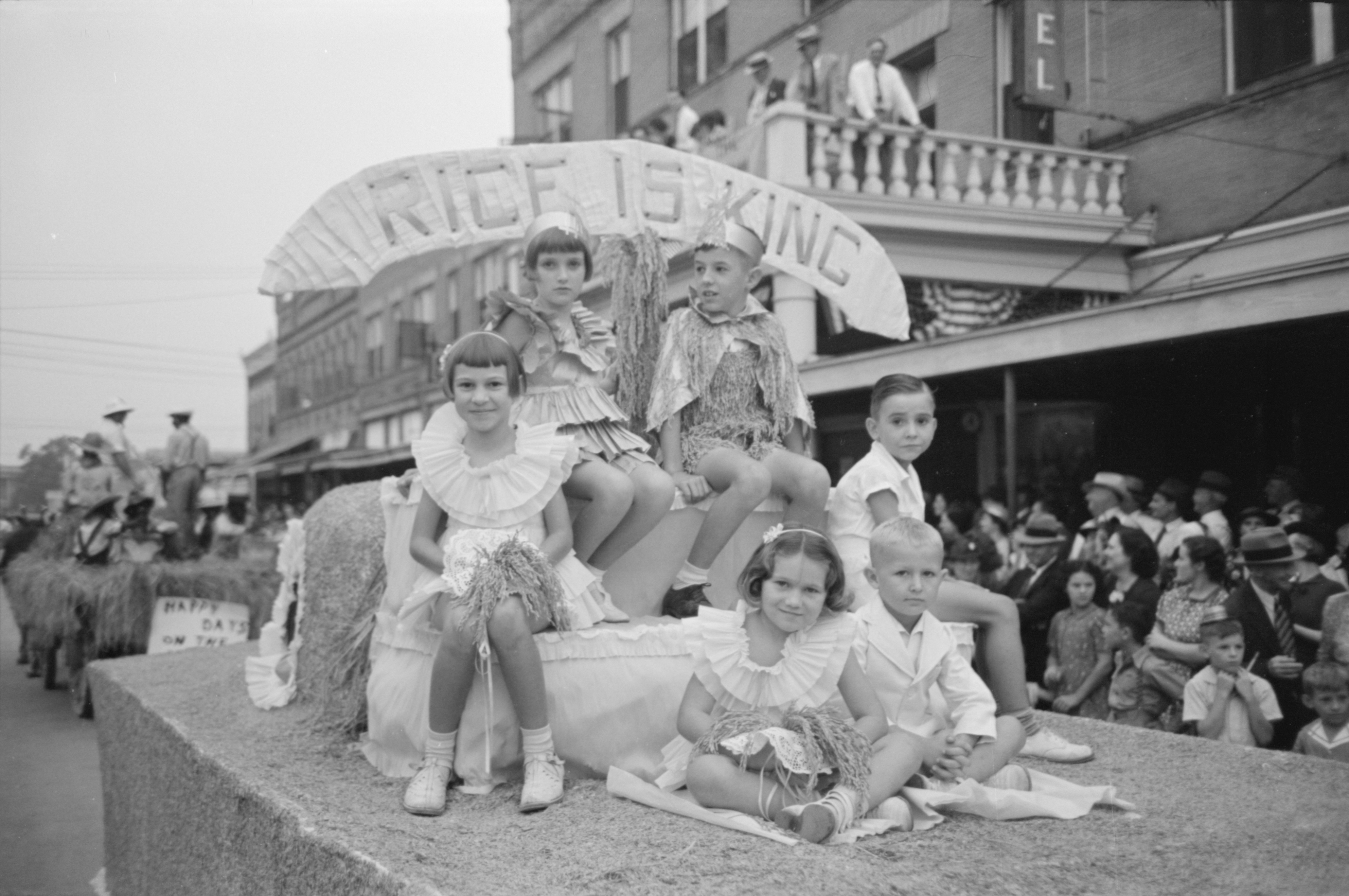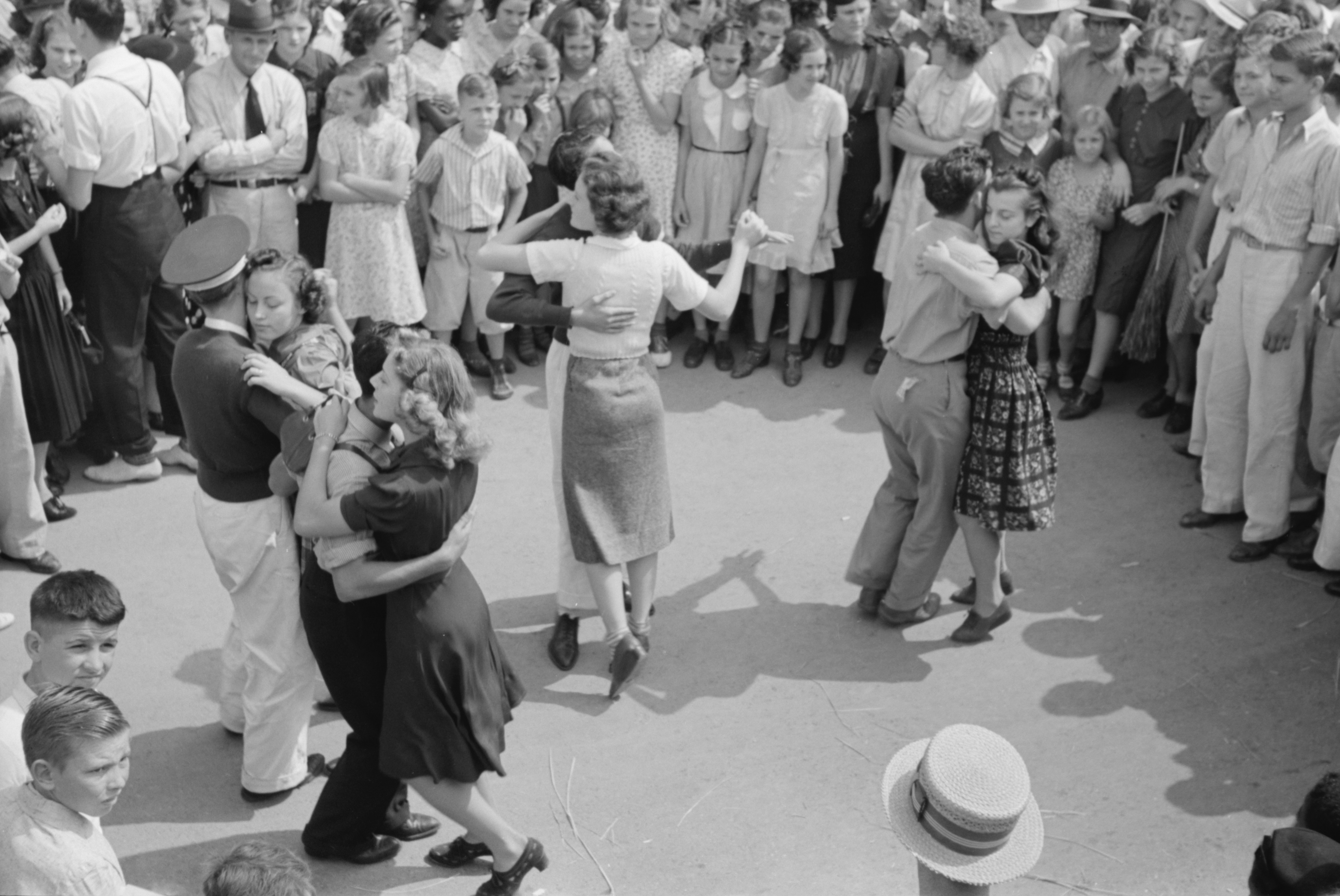Minnie Quay was much more than a legend, a ghost story, or a tall tale that many internet posts water down her life and death down to. She was a real person who lived in Michigan in the latter part of the 1800s. Most sources say that she was born in May of 1861 in New York State. She was the oldest child of James and Mary Ann Quay and was raised up in Michigan. Her parents were well known in the town of Forester since they owned a tavern named Quay. Minnie's name is also listed as Mary Jane Quay on Find A Grave.
Back then, Forester was a port town with four warehouses along their shore of Lake Huron to supply the arriving ships. The main industry of the town, fitting the town's name, was providing raw wood materials and lumber. The industry there provided a lot of stable work for loggers in the town.
The story goes that Minnie had fallen in love with a sailor who worked on one of the ships that frequented the port at Forester. The details are scant and the name of the sailor, who Minnie wanted to marry, has long been lost to history. Minnie's relationship with the sailor was frowned upon by the busybodies in Forester. One busybody took it upon themselves to tell Minnie's mother about Minnie's beginning relationship with the sailor. Her mother, along with her father, both disapproved of the relationship and kept them apart. It is said that her mother even once yelled at Minnie, where many in the town could hear, that she'd rather see her dead than in a relationship with the sailor. Out of this, they forbid Minnie to ever see the sailor again.
In the spring of 1876, news had reached Forester that a ship had sunk in a storm. Back then shipwrecks across the Great Lakes were very common. The ship that sunk, in either Lake Huron or Lake Michigan, was one of the ones that frequented Forester. Minnie found out and knew that the sailor that she had fallen in love was gone. She fell into a depression over the loss. She had never been able, due to being not allowed by her parents, to say her goodbyes to the sailor when he'd last been at port.
Days later after the news reached Forester, on April 27th, 1876, her parents left the home and she was left to watch her little brother James. While her parents were gone, she walked towards the shore of Lake Huron. The lake was about (my estimation) a quarter mile from her home. As she walked, she passed by some of the businesses and homes in Forester. Most residents didn't even notice her. While a few waved to her as she quietly, in the loss-fashion of determination, walked down the road and past the Tanner House. Dressed in a white dress, she made her way to the town's dock and jumped into the cold waters of Lake Huron, taking her own life by drowning. One newspaper article from back then says that her little brother was on the beach and saw her jump in.
Just like that, a young life was extinguished. A tragedy brought on by the careless gossip of a small community, disapproval, and how a young person was made to feel unwelcome in their town and perhaps even her own home. Her grief, her broken heart, had all overwhelmed her. Her young heart had her feeling that taking her life, by drowning herself in the waters which took her love, was preferable to a broken existence in the torturous land that she felt was her hometown of Forester.
Now, many of the only remnants of her are recollections of the story of the 'Ghost of Minnie Quay' preferred by the ghost hunters and whatever tourism industry that exists in modern-day Forester Township. Her family's tavern still stands (though some sources say the tavern was never owned by her family). As do many other buildings from back then. The pier though has long since decayed and what's left of it are worn pylons. As has Smith's dock where Minnie jumped into Lake Huron from.
There are stories of her ghost wandering the shores of Lake Huron where the docks of Forester had been near or that her spirit tries to coax young girls, those around her age, to jump into the water as she had done. The latter story, of course, being typical of those told by individuals for the 'creepy factor' and turning every lost spirit into a demon wishing harm. Whether or not her spirit roams the beaches on some nights is up to the individual to believe or not believe. But such an innocent, as in life, would never bring harm to innocent people as a spirit.
For others, her true resting place is in the family plot at Forester Township Cemetery, marked by a singular headstone with her name and those of her family, her brother, father, and mother who passed after her.
Sources and More Information:
You can find different details about the tragedy in the articles and some of the comment sections at these links.
https://en.wikipedia.org/wiki/Minnie_Quay
https://www.findagrave.com/memorial/13580810/mary-jane-quay
http://99wfmk.com/foresterandminnie/
https://hubpages.com/religion-philosophy/Ghost-of-Forester-Michigan
https://web.archive.org/web/20190323212229/http://www.prairieghosts.com/minnie.html
https://web.archive.org/web/20090729143441/http://www.geocities.com/wlmmcn7/
Other family information: https://www.wikitree.com/wiki/Qua-6
Newspaper article (typed out): https://www.genealogy.com/ftm/w/h/i/James-White-WA/WEBSITE-0001/UHP-0128.html
Ballad of Minnie Quay: https://en.wikipedia.org/wiki/Minnie_Quay#Ballad_of_Minnie_Quay
https://mysteriousmichigan.com/the-ghost-and-legend-of-minnie-quay Original: https://web.archive.org/web/20160730025031/http://michigansotherside.com/the-ghost-and-legend-of-minnie-quay/
Unfortunately, no known pictures of Minnie Quay exist.
Back then, Forester was a port town with four warehouses along their shore of Lake Huron to supply the arriving ships. The main industry of the town, fitting the town's name, was providing raw wood materials and lumber. The industry there provided a lot of stable work for loggers in the town.
The story goes that Minnie had fallen in love with a sailor who worked on one of the ships that frequented the port at Forester. The details are scant and the name of the sailor, who Minnie wanted to marry, has long been lost to history. Minnie's relationship with the sailor was frowned upon by the busybodies in Forester. One busybody took it upon themselves to tell Minnie's mother about Minnie's beginning relationship with the sailor. Her mother, along with her father, both disapproved of the relationship and kept them apart. It is said that her mother even once yelled at Minnie, where many in the town could hear, that she'd rather see her dead than in a relationship with the sailor. Out of this, they forbid Minnie to ever see the sailor again.
In the spring of 1876, news had reached Forester that a ship had sunk in a storm. Back then shipwrecks across the Great Lakes were very common. The ship that sunk, in either Lake Huron or Lake Michigan, was one of the ones that frequented Forester. Minnie found out and knew that the sailor that she had fallen in love was gone. She fell into a depression over the loss. She had never been able, due to being not allowed by her parents, to say her goodbyes to the sailor when he'd last been at port.
Days later after the news reached Forester, on April 27th, 1876, her parents left the home and she was left to watch her little brother James. While her parents were gone, she walked towards the shore of Lake Huron. The lake was about (my estimation) a quarter mile from her home. As she walked, she passed by some of the businesses and homes in Forester. Most residents didn't even notice her. While a few waved to her as she quietly, in the loss-fashion of determination, walked down the road and past the Tanner House. Dressed in a white dress, she made her way to the town's dock and jumped into the cold waters of Lake Huron, taking her own life by drowning. One newspaper article from back then says that her little brother was on the beach and saw her jump in.
Just like that, a young life was extinguished. A tragedy brought on by the careless gossip of a small community, disapproval, and how a young person was made to feel unwelcome in their town and perhaps even her own home. Her grief, her broken heart, had all overwhelmed her. Her young heart had her feeling that taking her life, by drowning herself in the waters which took her love, was preferable to a broken existence in the torturous land that she felt was her hometown of Forester.
Now, many of the only remnants of her are recollections of the story of the 'Ghost of Minnie Quay' preferred by the ghost hunters and whatever tourism industry that exists in modern-day Forester Township. Her family's tavern still stands (though some sources say the tavern was never owned by her family). As do many other buildings from back then. The pier though has long since decayed and what's left of it are worn pylons. As has Smith's dock where Minnie jumped into Lake Huron from.
 |
| The remnants of the pier at Forester (source) |
For others, her true resting place is in the family plot at Forester Township Cemetery, marked by a singular headstone with her name and those of her family, her brother, father, and mother who passed after her.
 |
| The Quay Family Plot (pink granite headstone) at Forester Cemetery (source) |
You can find different details about the tragedy in the articles and some of the comment sections at these links.
https://en.wikipedia.org/wiki/Minnie_Quay
https://www.findagrave.com/memorial/13580810/mary-jane-quay
http://99wfmk.com/foresterandminnie/
https://hubpages.com/religion-philosophy/Ghost-of-Forester-Michigan
https://web.archive.org/web/20190323212229/http://www.prairieghosts.com/minnie.html
https://web.archive.org/web/20090729143441/http://www.geocities.com/wlmmcn7/
Other family information: https://www.wikitree.com/wiki/Qua-6
Newspaper article (typed out): https://www.genealogy.com/ftm/w/h/i/James-White-WA/WEBSITE-0001/UHP-0128.html
Ballad of Minnie Quay: https://en.wikipedia.org/wiki/Minnie_Quay#Ballad_of_Minnie_Quay
https://mysteriousmichigan.com/the-ghost-and-legend-of-minnie-quay Original: https://web.archive.org/web/20160730025031/http://michigansotherside.com/the-ghost-and-legend-of-minnie-quay/
Unfortunately, no known pictures of Minnie Quay exist.
This videos shows footage of Forester and also of Minnie's grave
Minnie Quay
The Ballad of Minnie Quay Performed by Blood Harmony in Forester, Michigan
(though not the original ballad from the Wikipedia link above) Lyrics were written by author Denise Dutcher who also wrote the book, Dead Reckoning A Great Lakes' Love Story


.jpg)
.jpg)









